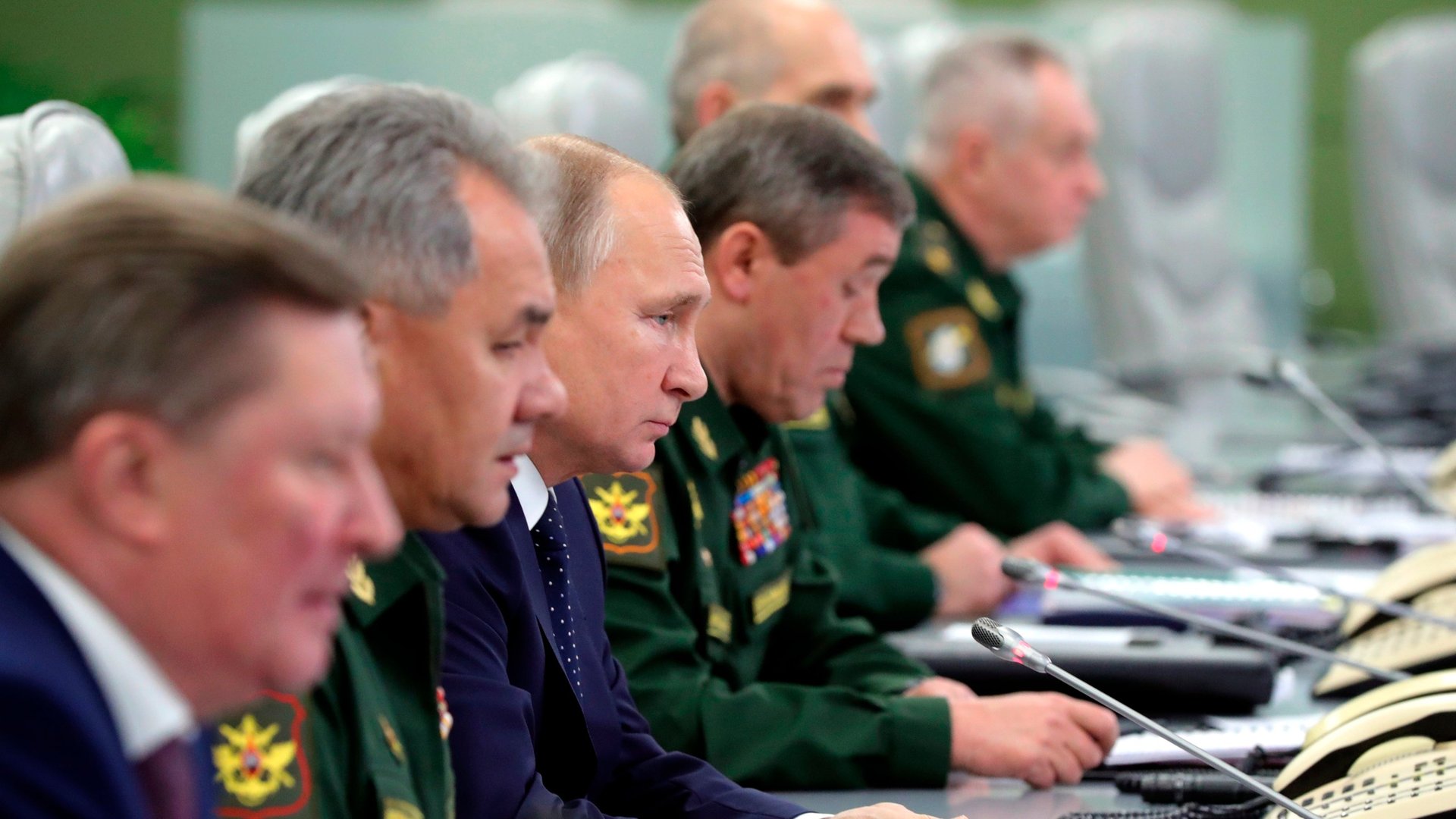Russia’s nuclear-powered doomsday missile, explained
A doomsday weapon promoted by Russian president Vladimir Putin lost some of its sheen after seven people were killed during a test accident last week.


A doomsday weapon promoted by Russian president Vladimir Putin lost some of its sheen after seven people were killed during a test accident last week.
The incident represents the most serious release of radiation since the 2011 Fukushima incident, and the Russian government reportedly ordered the evacuation of residents from the surrounding areas after downplaying the danger for several days. The development underscores the dangers of world powers seeking to expand their nuclear arsenals.
Wait, what’s a nuclear-powered missile?
One popular way militaries deliver explosives is with a cruise missile, which you can think of as a jet engine with a bomb on the front. The jet engine flies the bomb to its target, often at very high speed and low altitude to help avoid air defenses. These can only carry so much fuel, limiting their range. If the jet engine on a missile was instead driven by a nuclear reactor, a missile would theoretically be able to fly almost indefinitely, with unlimited range. A missile like this could fly for days or weeks to sneak up on its targets, from the other side of the world if necessary.
However, designing one of these is hard work. The US tried during the Cold War. But the effort, known as “Project Pluto,” couldn’t find a safe place to test the flying nuclear reactor, which sprayed radioactive material out its back. And despite a boastful tweet from US president Donald Trump, there’s no evidence the US ever figured out how to build an engine that didn’t spew contaminants.
What happened during the Russian test?
Russia has claimed since 2017 that it has a working nuclear-powered missile, which it calls the 9M730 Burevestnick. But US officials and independent experts, who call it the SSC-X-9 Skyfall, are skeptical. After a 2017 test, Russia released a brief video of the missile in flight, but it didn’t show the weapon flying long enough to prove that the propulsion system was really working.
Then, on Aug. 8, the deadly accident took place near a Russian military base in Nenoska, a small town in northwestern Russia. Senior Russian officials attended the funeral of five of the seven scientists on Monday, calling them heroes. It’s not clear what specifically went wrong, but Jeffrey Lewis, an arms control researcher at the Middlebury Institute of International Studies, says evidence points to an explosive accident during or after a hold-down test of the missile’s engine on an offshore platform. His colleagues used satellite imagery to identify test equipment and a ship that specializes in moving radioactive materials at the site, and the Comprehensive Test Ban Treaty Organization detected the release of radiation.
Russia itself has vacillated in its official response, calling to mind the Chernobyl disaster with decisions to initially censor radiation reports before admitting the test accident.
What now?
“The weapons system itself is probably not going to work any time soon, a reasonable response is not to overreact,” Lewis told Quartz.
That may be difficult in a world where leaders in the US and Russia seem intent on pulling down the arms control agreements that have limited nuclear weapons development since the collapse of the Soviet Union. The US is formally exiting the Intermediate-Range Nuclear Forces Treaty this month and Trump has called for increased spending on nuclear weapons development. Nuclear policy is sure to find its way into the 2020 presidential election, with Democrats like Massachusetts senator Elizabeth Warren pushing for the US to adopt a no-first-use policy for nuclear weapons.
Besides the increased risk of actual nuclear war and the immediate dangers of test accidents, society is still reckoning with the unexpected costs of testing nuclear weapons. Researchers believe that airborne contamination from the US nuclear tests of the 1950s and ’60s likely lead to the death of hundreds of thousands of American civilians.
This story was updated with additional information at 11:35 ET 8/13/19.